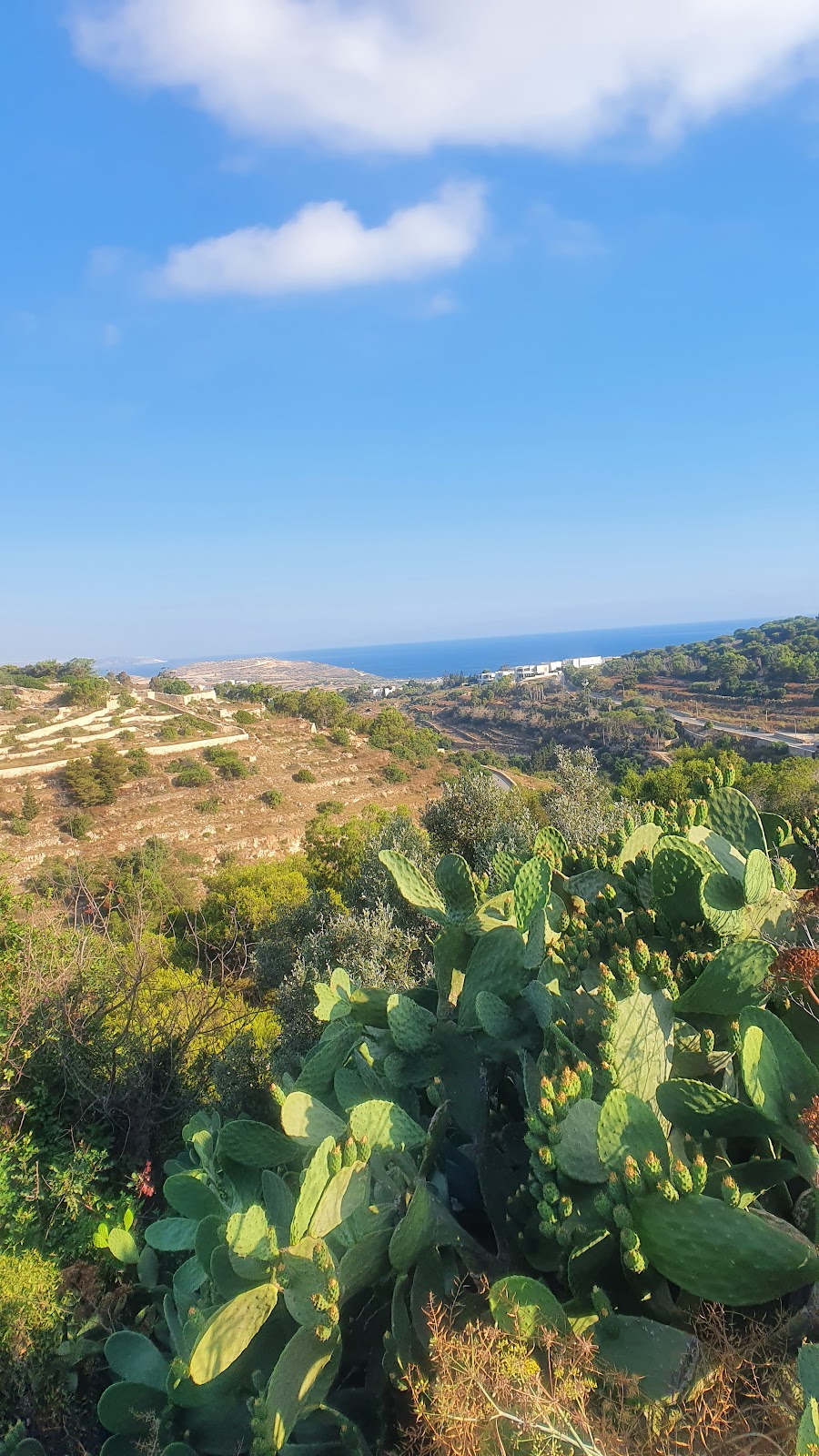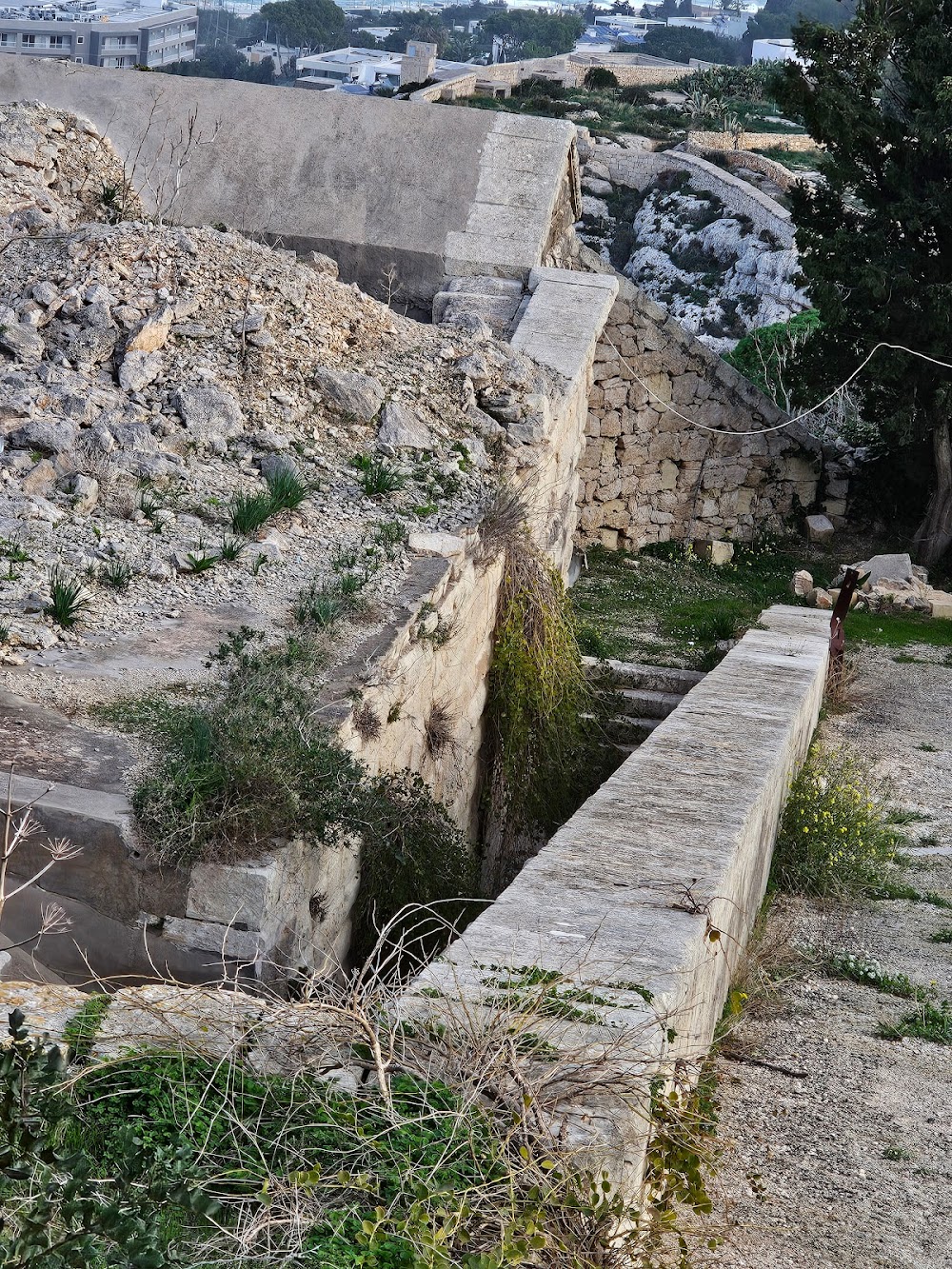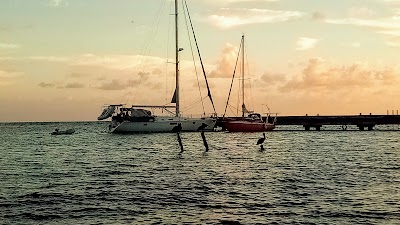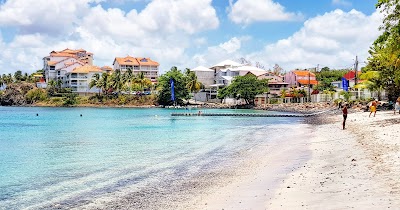Wied il-Faħam (Wied il-Faħam)
Related Places
Overview
Wied il-Faħam, nestled in the charming town of Għargħur, Malta, is a hidden gem that beautifully intertwines natural beauty with human history. Known as "Coal Valley," this captivating area showcases a rich tapestry of sights and historical elements that reflect the passage of time and the ingenuity of its inhabitants.
Natural Formation
The valley was sculpted over millennia by the relentless forces of nature, particularly the erosion caused by water runoff. This process has carved out its distinctive shape and geological features, creating a stunning landscape. During heavy rains, the water cuts through the limestone, shaping the valley as we see it today. Moreover, the continuous flow of water has enriched the soil, resulting in the lush greenery that envelops the area.
Historical Significance
Wied il-Faħam derives its name from the charcoal production that once thrived in the region. Locals used to transform the abundant trees lining the valley into charcoal through a meticulous process involving stacking wood, covering it with soil, and controlled burning. This resource was essential for cooking and heating long before modern fuels emerged. Today, the valley's name serves as a poignant reminder of this bygone era.
Biodiversity and Flora
The valley's lush vegetation and striking rock formations make Wied il-Faħam a sanctuary for biodiversity. It is home to various endemic plant species, including wild thyme, Mediterranean heath, and Maltese rock-centaury. Additionally, the area provides a refuge for numerous bird species, reptiles, and insects, making it a beloved destination for nature enthusiasts and bird watchers. Adding to its serene atmosphere is a small stream that flows through the valley during the wet months, enhancing its tranquil allure.
Cultural Heritage
Beyond its natural wonders, Wied il-Faħam is enriched by human-made structures that reflect its agricultural past. Ancient dry-stone walls can be found throughout the valley, skillfully constructed from local limestone without the use of mortar. These walls served multiple purposes, including defining property boundaries, terracing slopes for crop cultivation, and preventing soil erosion during heavy rains. Many of these structures still stand today, showcasing the sustainable building practices of Malta’s early inhabitants.
Conservation Efforts
In recent years, initiatives have been launched to preserve Wied il-Faħam for its ecological and historical significance. Local authorities and environmental organizations frequently organize clean-up drives, tree planting events, and educational tours aimed at raising awareness among younger generations about the importance of conserving such vital natural sites. These efforts cultivate a sense of community responsibility towards the environment.
Visitor Experience
For those seeking a peaceful escape from urban life, Wied il-Faħam offers a serene retreat. Meandering hiking trails provide breathtaking views and a soothing ambiance, while picnic spots scattered throughout the area invite families to relax and enjoy a meal amidst nature.
Old Water Mill
One fascinating feature within Wied il-Faħam is the remnants of an old water mill at the valley's edge. Although it is no longer operational, the mill’s ruins narrate the story of how the valley’s resources were once harnessed to support the local community. Water from the valley’s stream powered the mill, which ground grain into flour, playing a pivotal role in the daily lives of its past inhabitants.
Whether you are a history buff, a nature lover, or simply in search of a tranquil spot to unwind, Wied il-Faħam in Għargħur, Malta, offers a unique blend of natural beauty and historical intrigue. Its timeless landscape stands as a testament to the resilience of nature and humanity, ensuring its place as a cherished part of Malta's ecological and cultural heritage.








